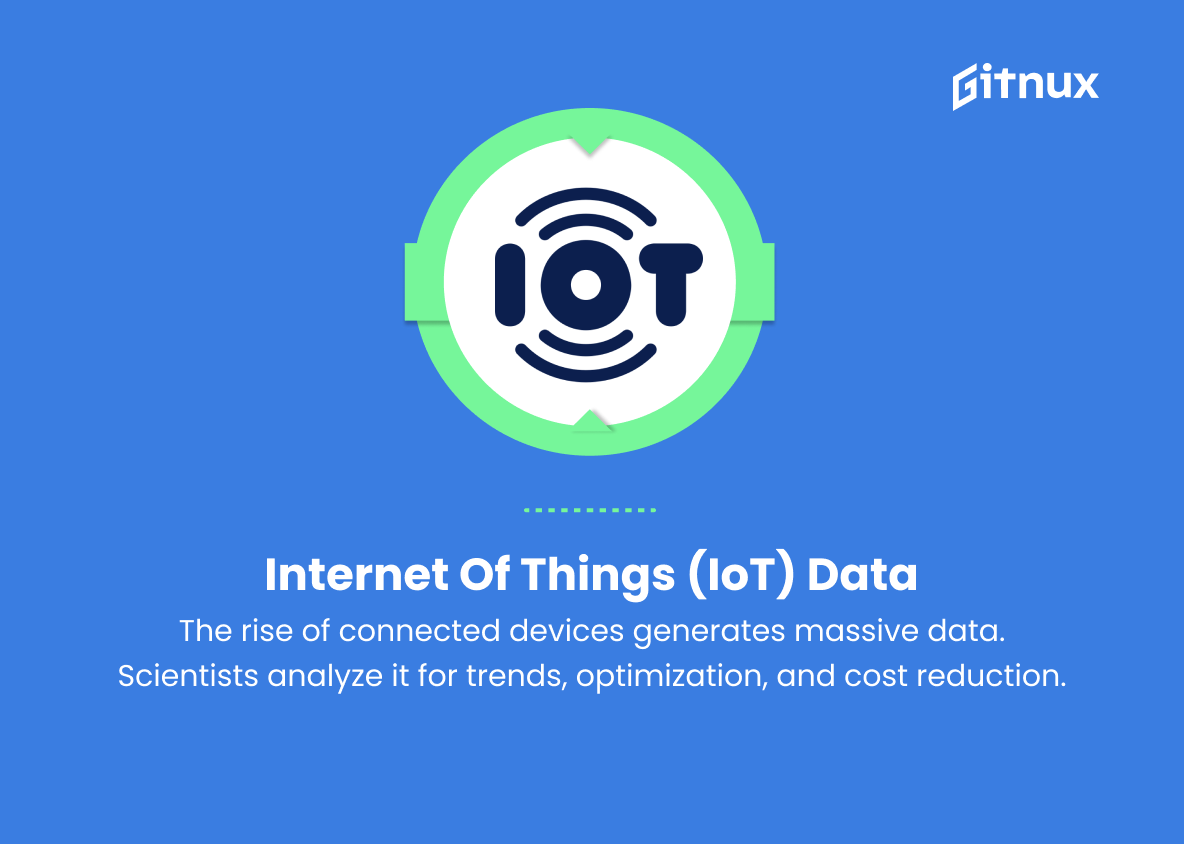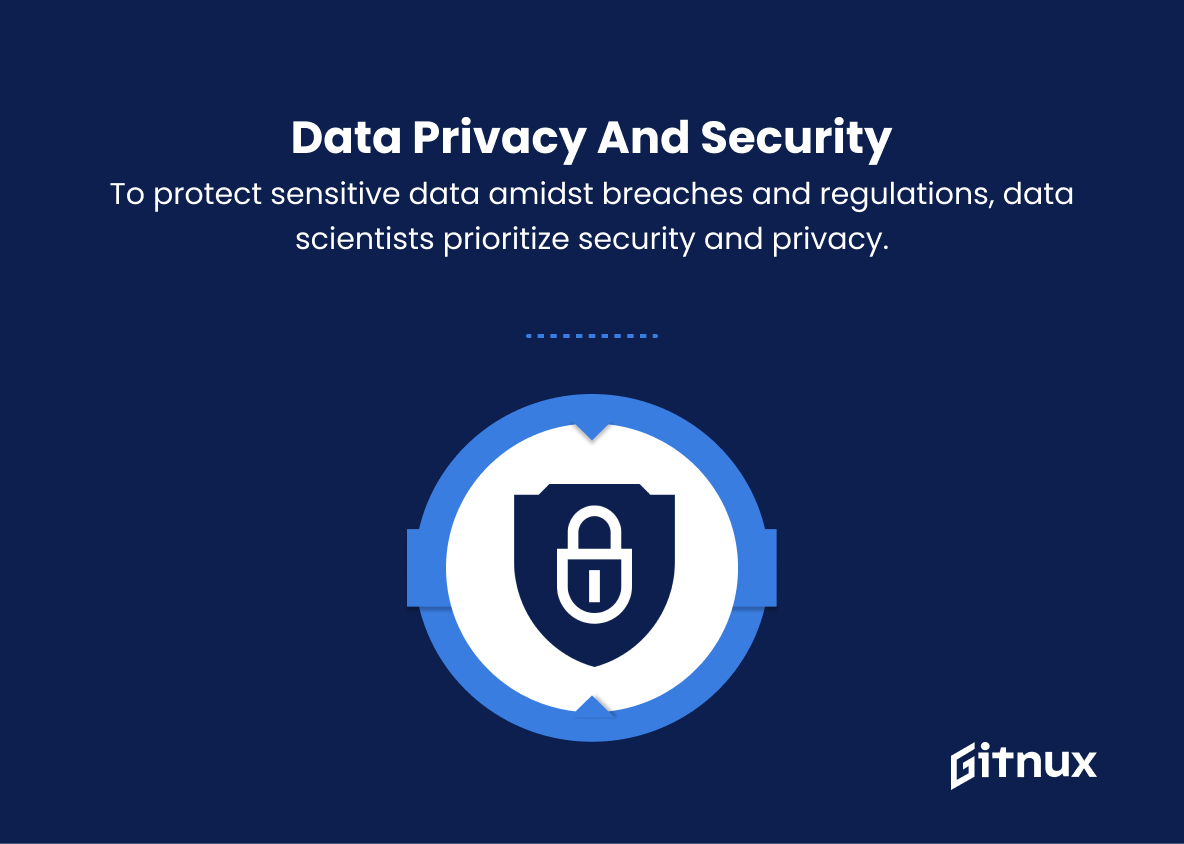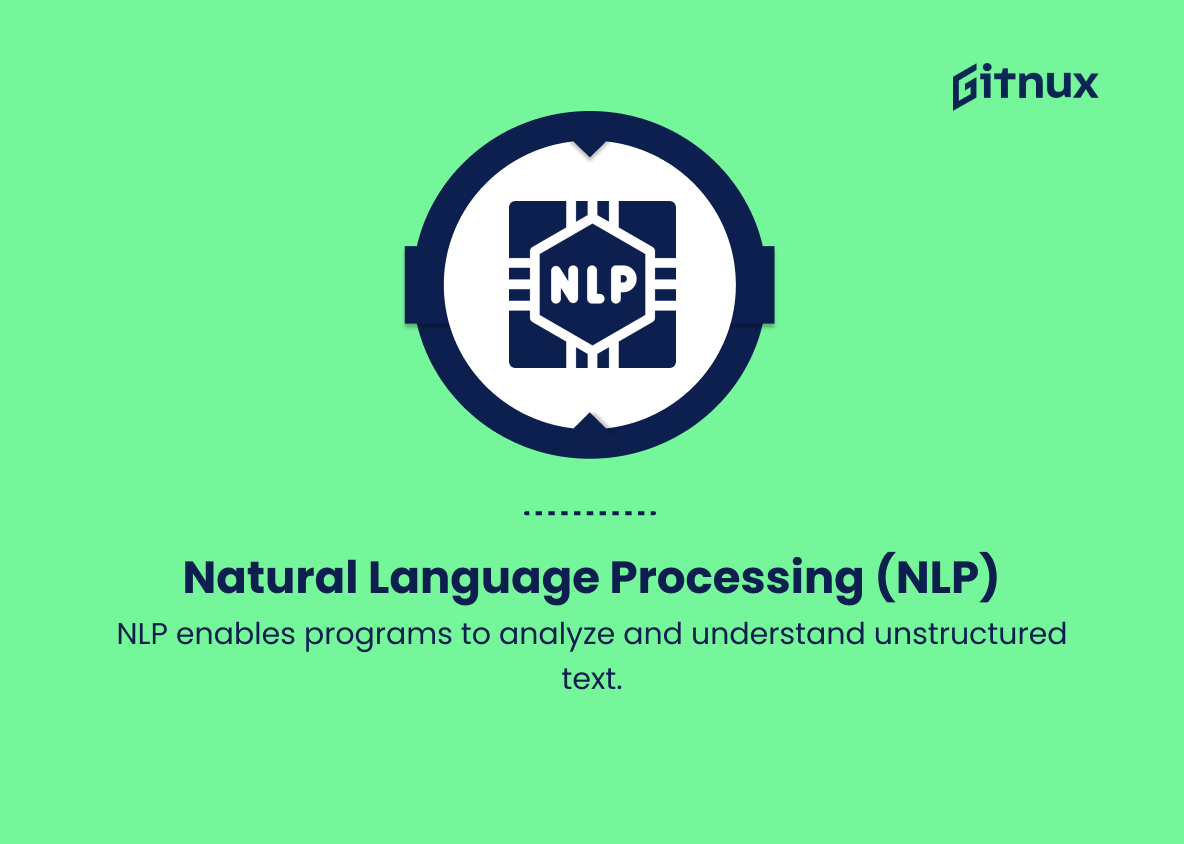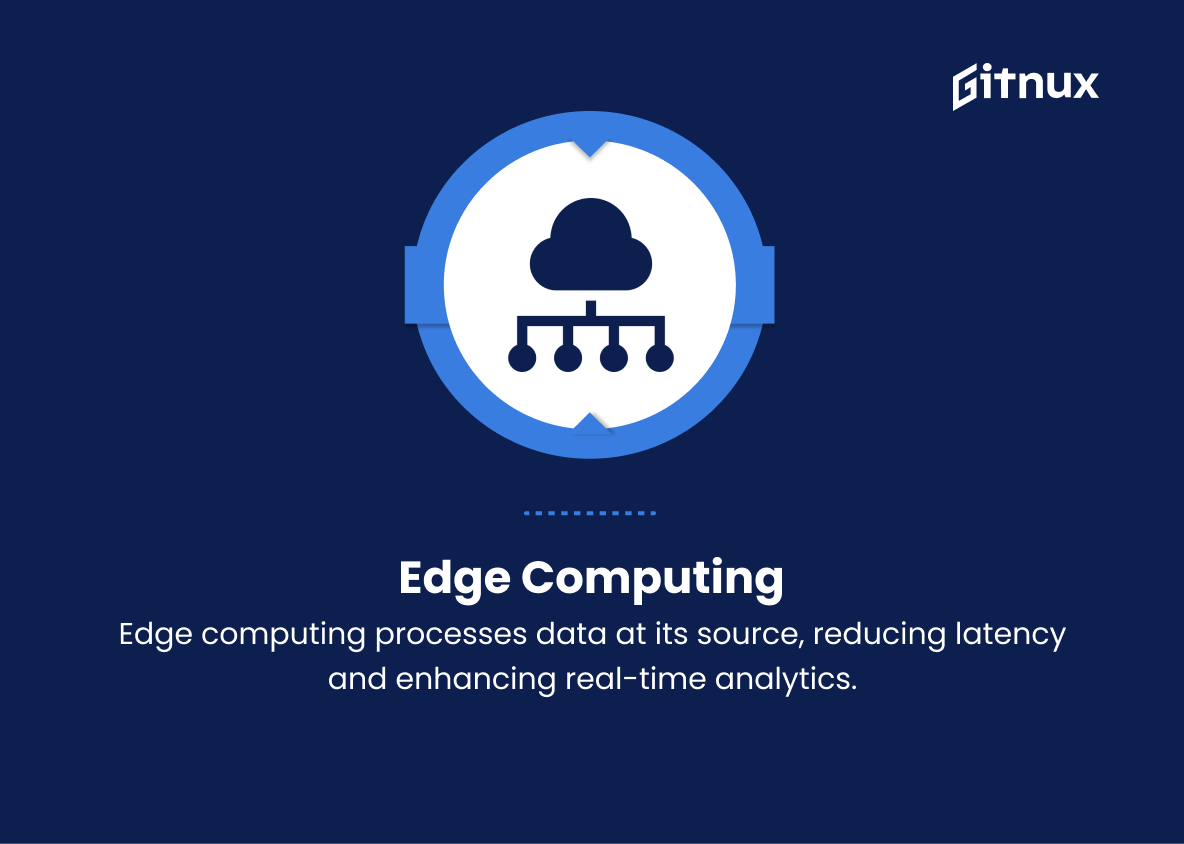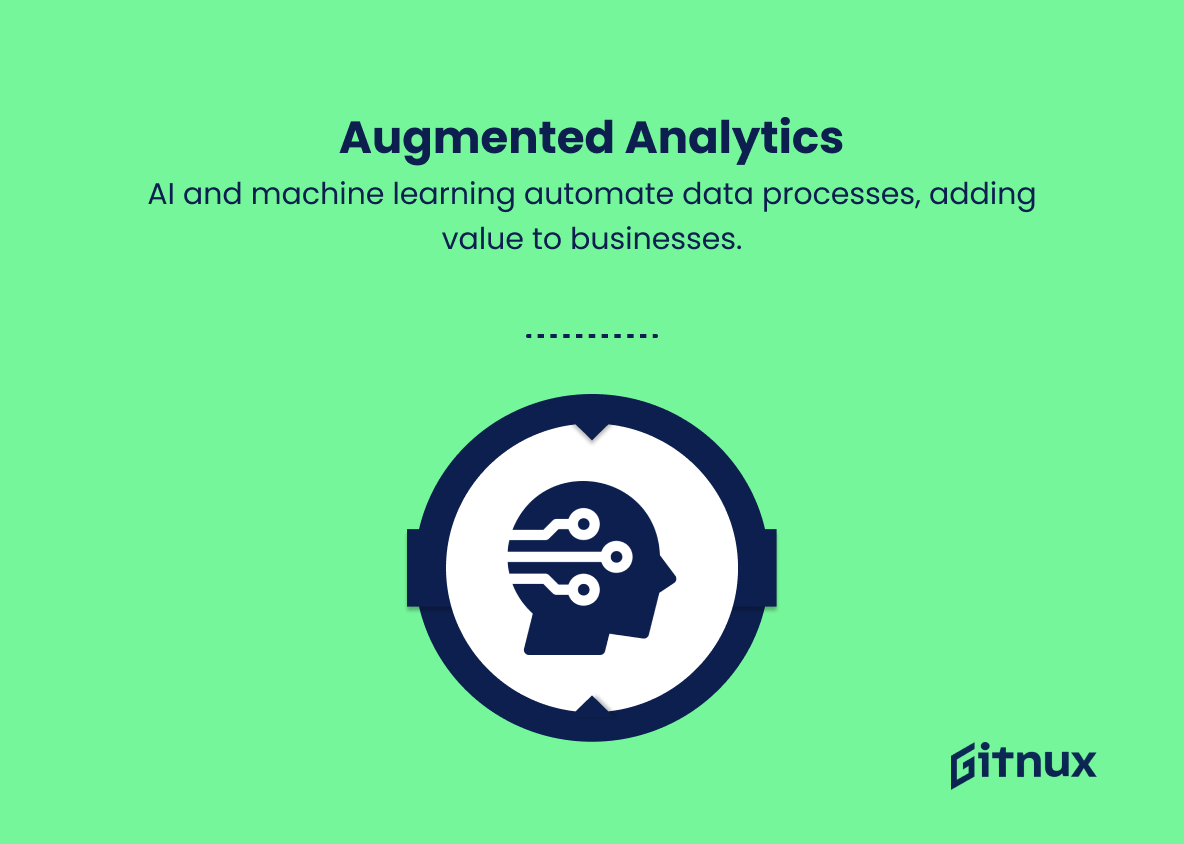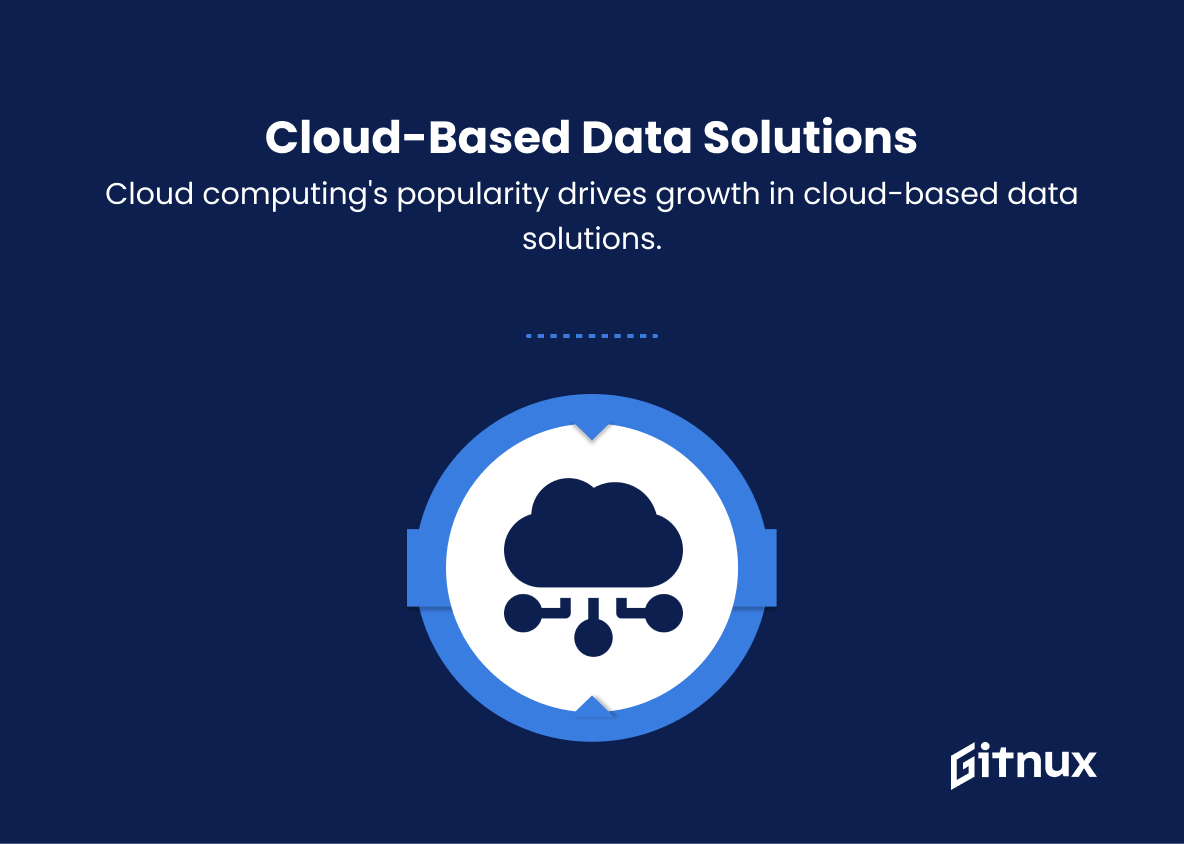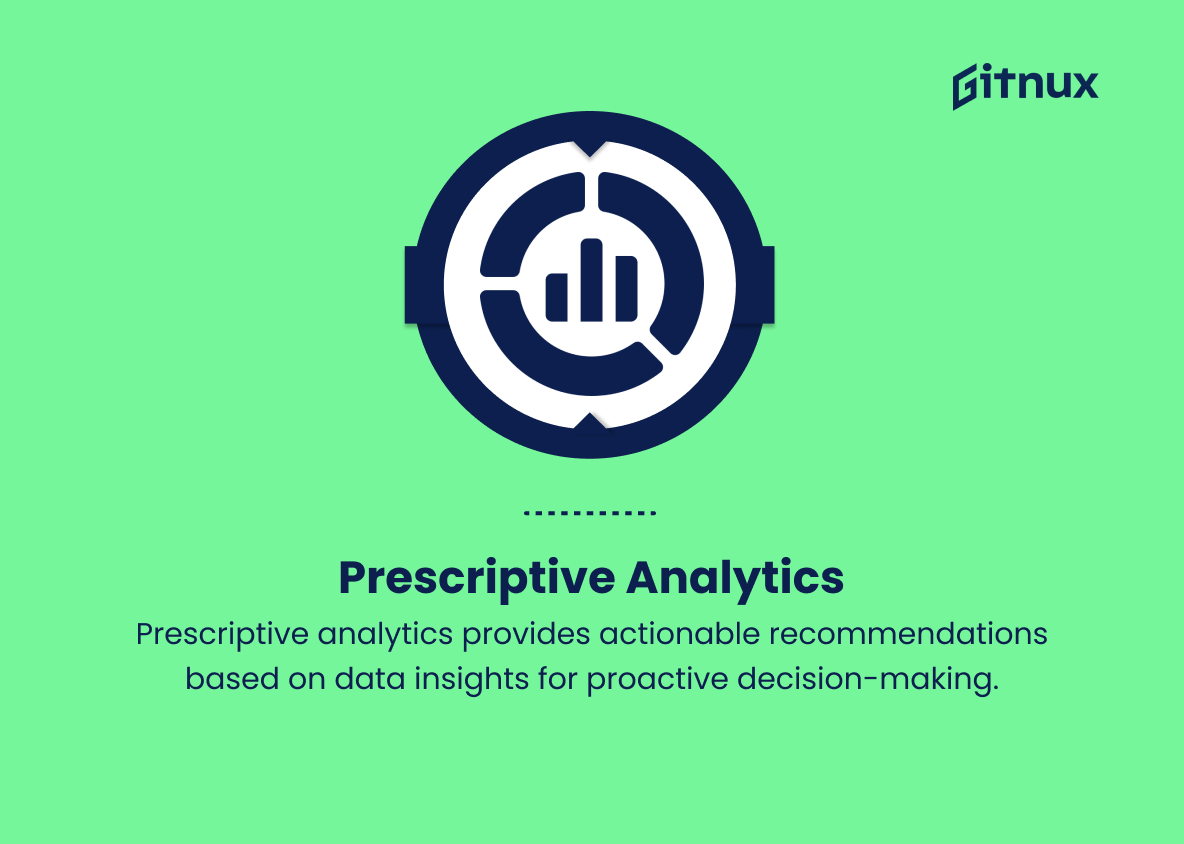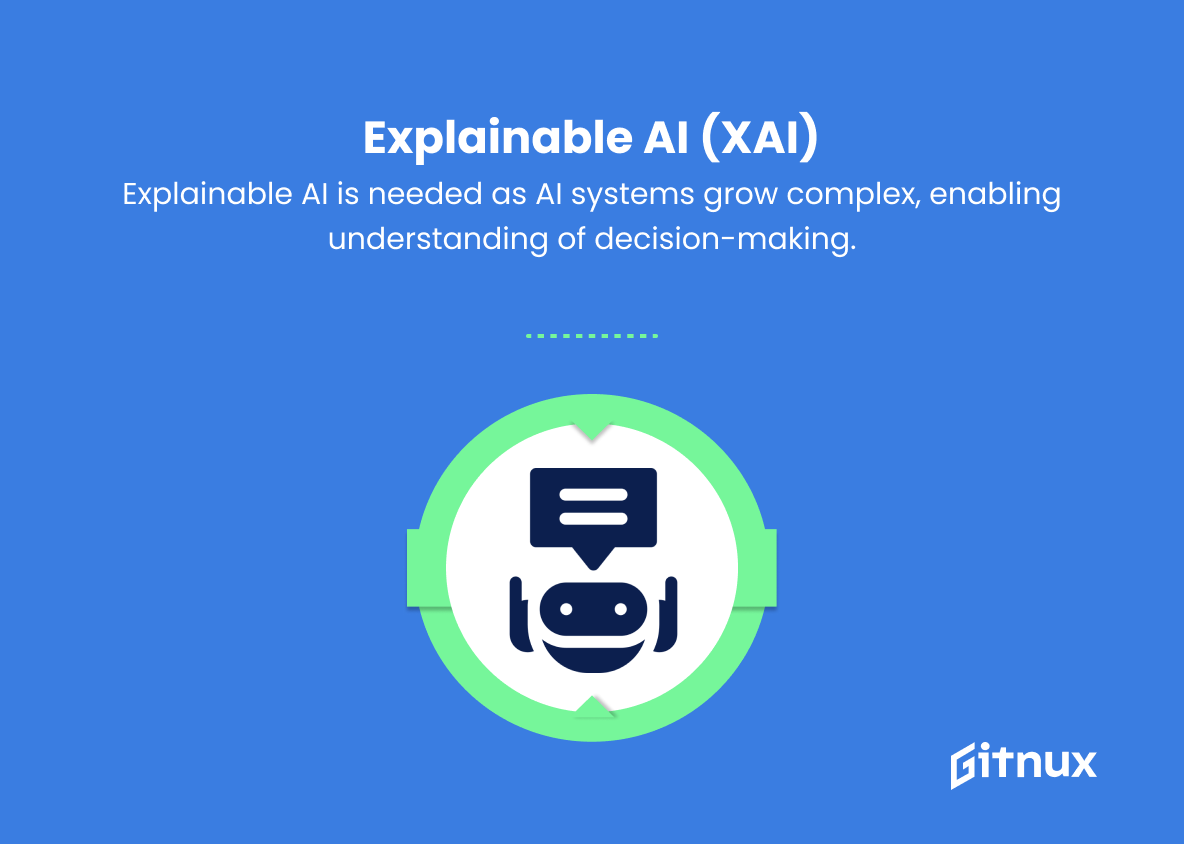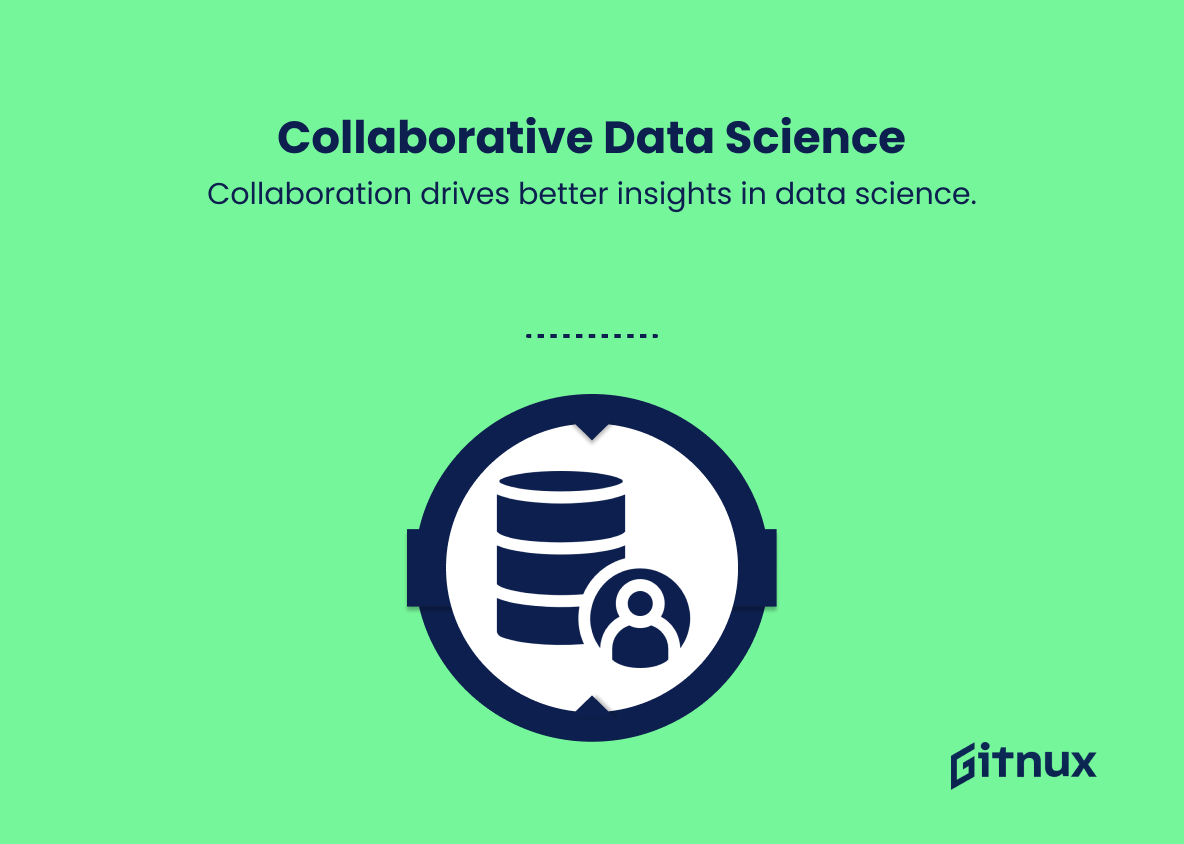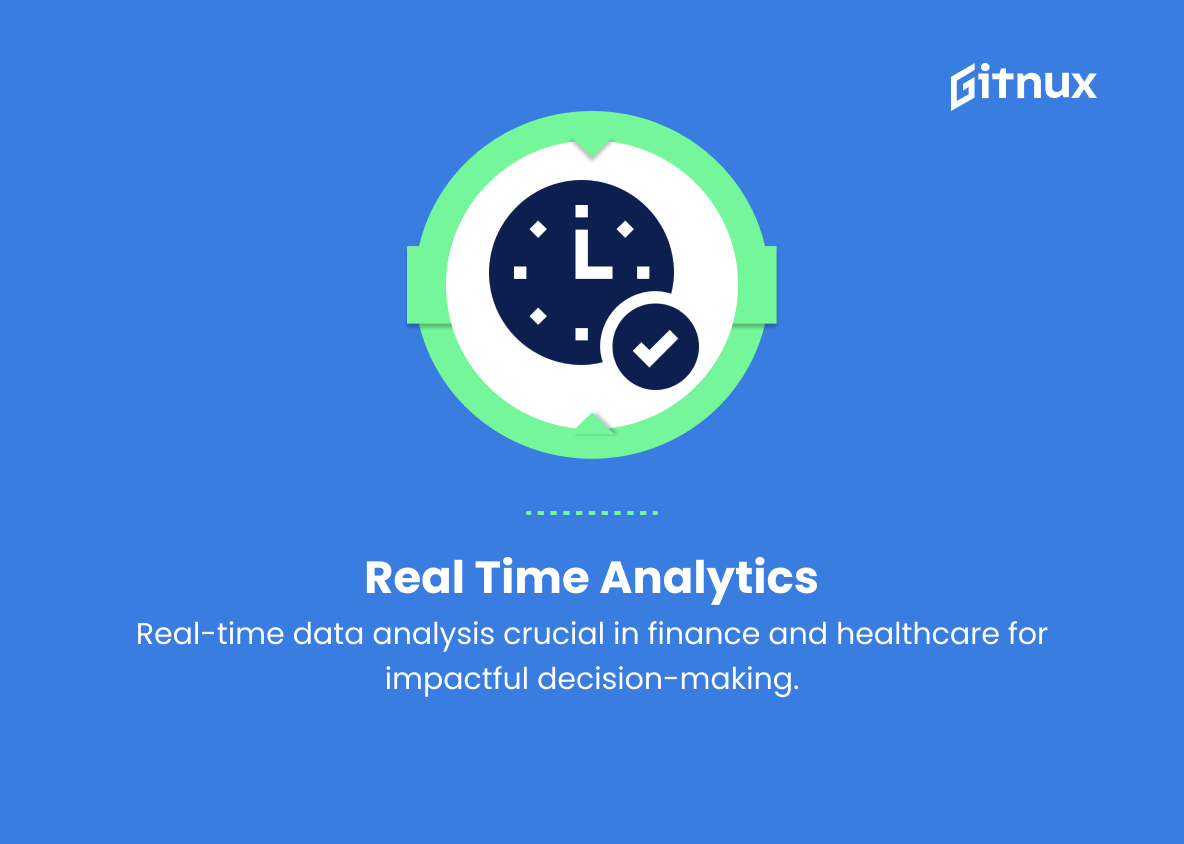In today’s rapidly evolving digital landscape, data has become the lifeblood of organizations across the globe. The ability to harness the power of data not only holds the key to unlocking new insights and driving better decisions but has also given rise to the dynamic realm of data science. As this critical field continues to mature, emerging trends and innovative practices are shaping the future of data-driven enterprises. This thought-provoking blog post delves into the most significant Data Science Trends, shedding light on the latest advancements, challenges, and opportunities that are poised to transform the way businesses and industries leverage the unparalleled potential of data.
Top Data Science Trends
1. Increased adoption of Artificial Intelligence (AI) and Machine Learning (ML)
Data scientists are integrating AI and ML technologies to create more advanced predictive models and improve decision-making processes.
2. Big Data Analytics
The continuous growth of data volume is prompting businesses to invest in big data analytics tools and technologies to gain insights, improve customer experiences, and make better data-driven decisions.
3. Internet of Things (IoT) data
The proliferation of connected devices is generating massive amounts of data. Data scientists are working to collect, process, and analyze this data to identify trends, optimize systems, and reduce costs.
4. Data Privacy and Security
With increasing data breaches and stricter data privacy regulations, data scientists need to focus on securing sensitive data and ensuring that data privacy concerns are adequately addressed.
5. Natural Language Processing (NLP)
NLP allows computer programs to interpret human language, making it easier to analyze and understand large volumes of unstructured textual data.
6. Data integration and DataOps
Data integration solutions are becoming more sophisticated, allowing organizations to manage data from multiple sources more effectively. DataOps (Data Operations) is a trend that emphasizes communication, collaboration, and automation for data management and analytical processes.
7. Edge Computing
Edge computing enables data processing at the source of data generation, resulting in reduced latency and improved real-time analytics capabilities.
8. Augmented Analytics
This trend involves the use of AI and machine learning for automating data preparation, analysis, and insight generation, making it easier for businesses to extract value from their data.
9. Data Visualization
Advanced data visualization tools are allowing data scientists to present complex data more effectively and understandably, helping organizations make better data-driven decisions.
10. Cloud-based data solutions
Cloud computing is continuously growing in popularity, resulting in an increasing number of cloud-based data storage, processing, and analytics solutions.
11. Prescriptive Analytics
As businesses strive to become more proactive in their decision-making processes, prescriptive analytics offers actionable recommendations based on data-driven insights.
12. Explainable AI (XAI)
As AI systems become more complex, there is a need for explainable AI, which allows humans to understand how these systems make decisions and predictions.
13. Ethical Data Science
As data science technologies continue to advance, practitioners will need to consider the ethical implications of their work, focusing on fairness, transparency, and social responsibility.
14. Collaborative Data Science
Encouraging collaboration among data science teams, domain experts, and business users can lead to better understanding and more accurate insights.
15. Real-time analytics
The ability to analyze data in real-time is becoming increasingly important in industries such as finance and healthcare, where immediate insights can have a significant impact on decision-making processes.
Implications
Data science trends, such as increased adoption of AI and ML, big data analytics, and IoT data, are revolutionizing the way organizations make decisions by providing advanced predictive models and real-time data analysis. Integrating multiple data sources through DataOps and data visualization allows businesses to unlock insights and make better-informed decisions. The widespread adoption of cloud-based data solutions and edge computing results in faster data processing and more efficient analytical capabilities.
Augmented analytics and natural language processing enable easier extraction of insights from large volumes of data, while advanced data visualization aids in the communication and understanding of complex information. To cater to the growing demand for data privacy and security, data scientists must focus on securing sensitive data and ensuring compliance with stricter regulations. As AI systems expand in complexity, there is a growing need for explainable AI and ethical data science practices, ensuring that technology is utilized responsibly, fairly, and transparently.
Collaboration among data science teams and domain experts has become essential to drive better understanding and more accurate insights. In industries like finance and healthcare, real-time analytics is essential for immediate and impactful decision-making processes. These trends are shaping the future of data science, pushing organizations to invest and adapt to these new technologies in order to remain competitive and effective in today’s data-driven world.
Conclusion
In summary, the world of data science is constantly evolving as new trends emerge and existing methodologies continue to be refined. As data scientists, it is vital that we stay informed and skilled in areas such as automation, AI and machine learning, deep learning, natural language processing, and edge computing to keep up with the ever-changing landscape of this field. It is also increasingly important to prioritize data ethics, transparency, and privacy in our work to ensure responsible use of data. By embracing these trends and transitions, data scientists and professionals can propel forward, unlocking new opportunities and driving innovation in the world of data science.


